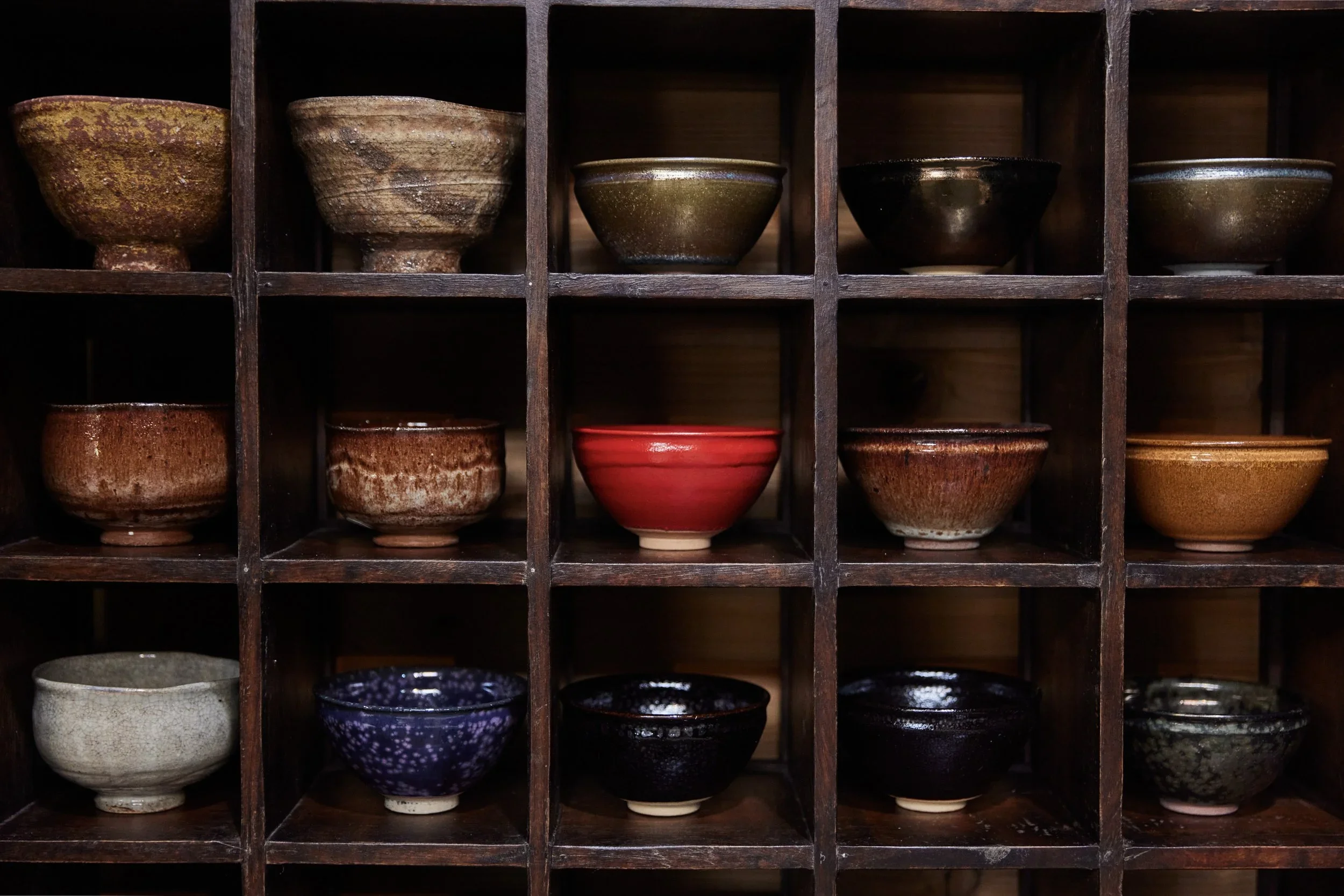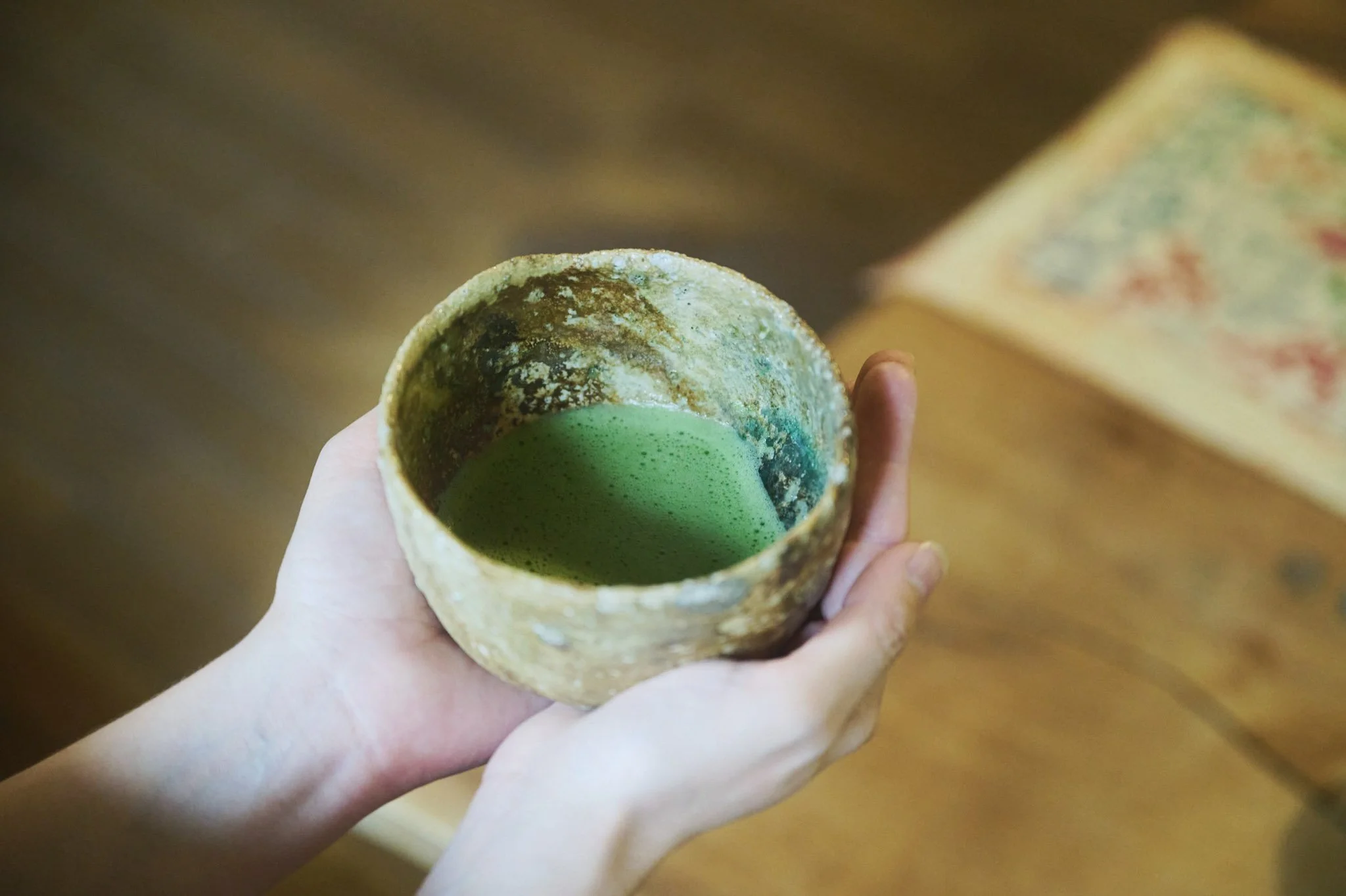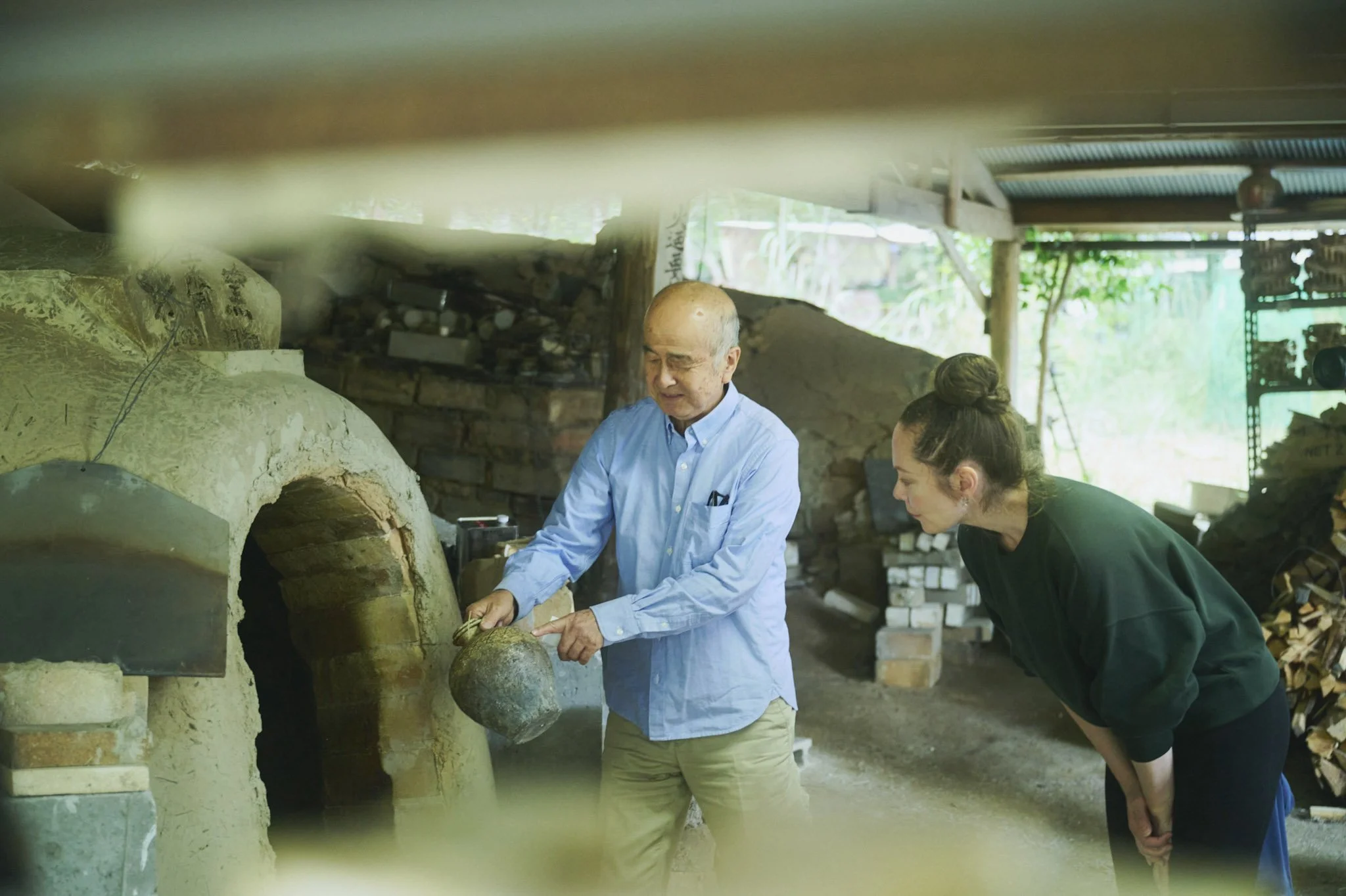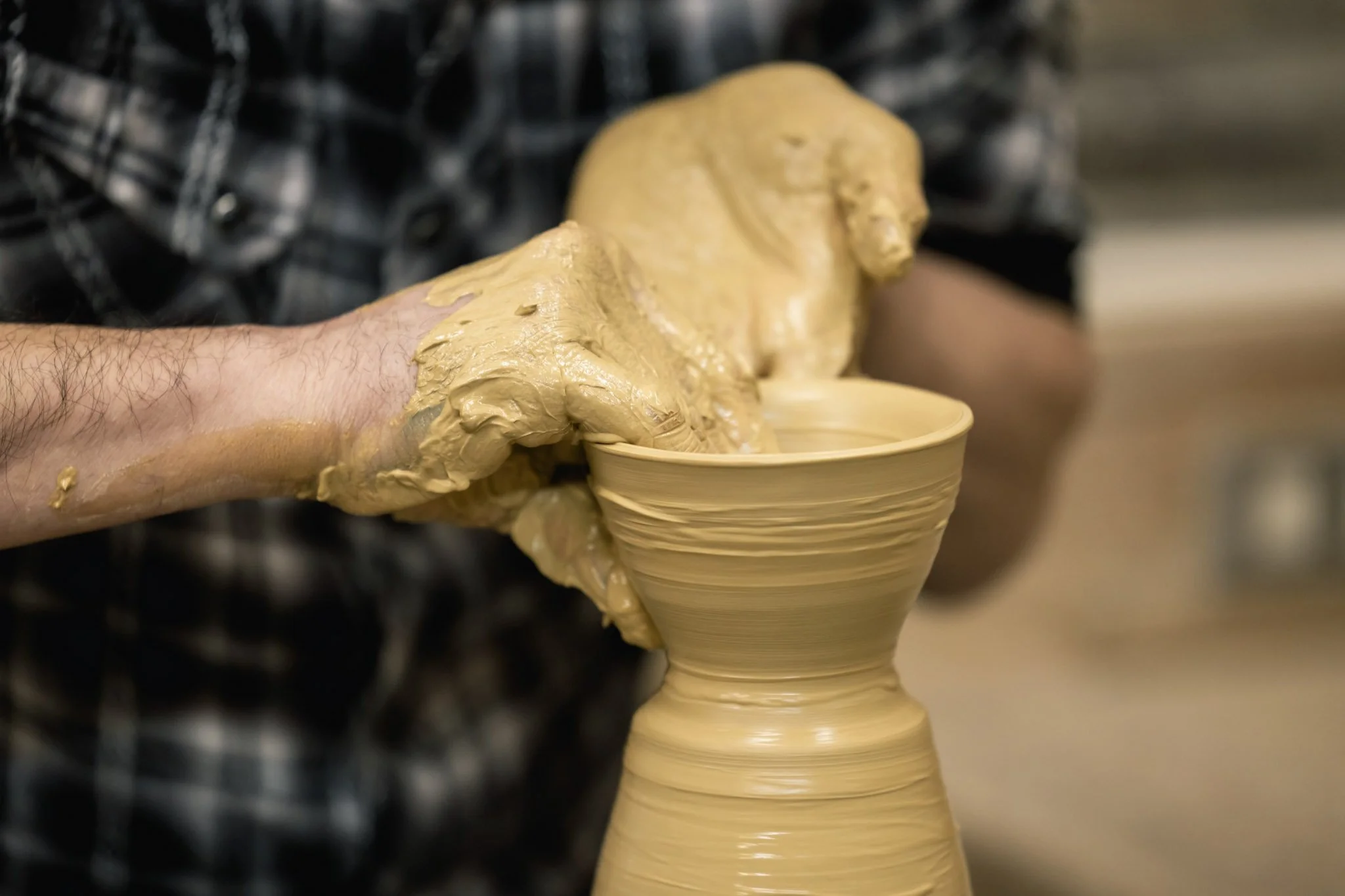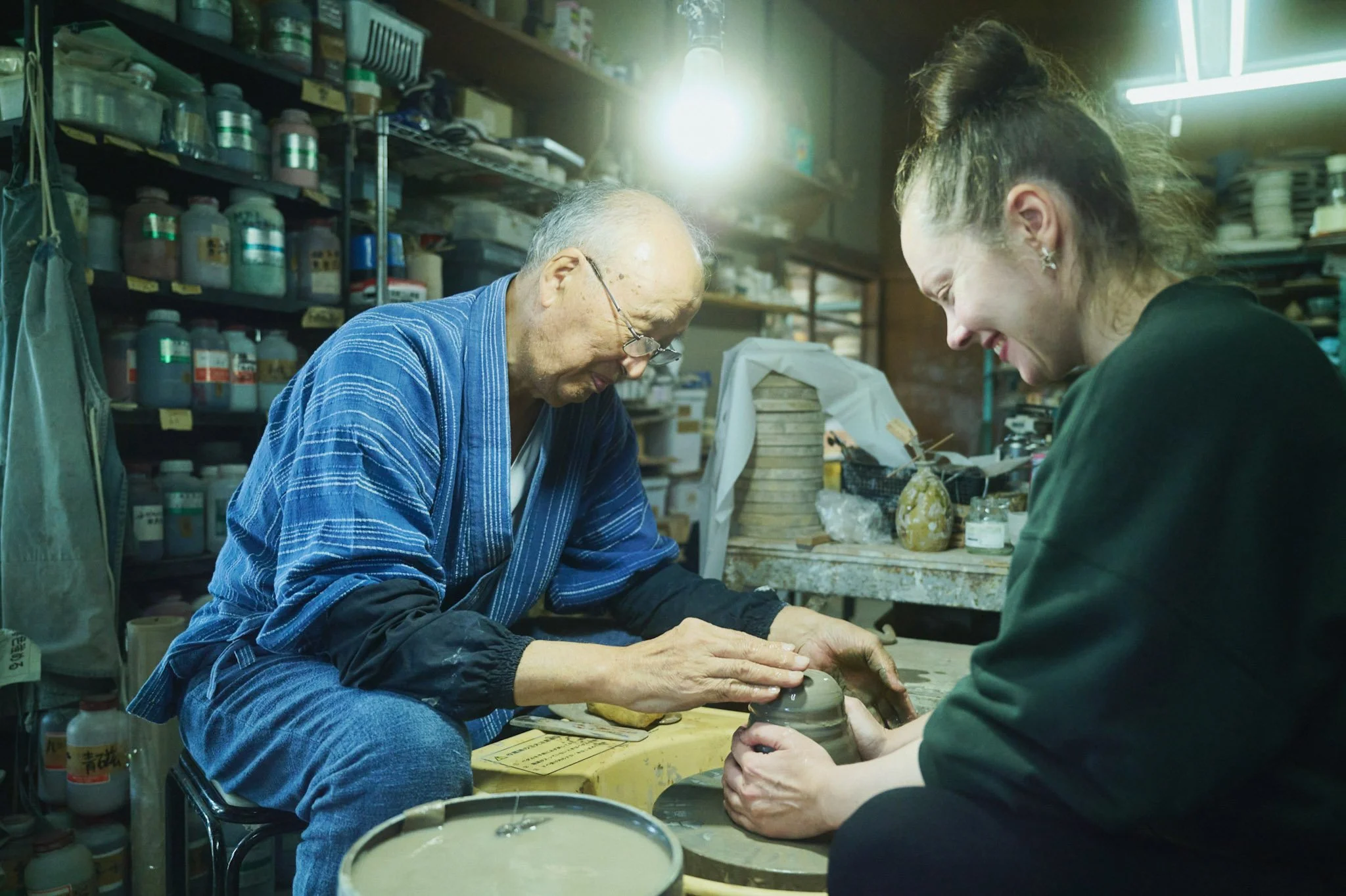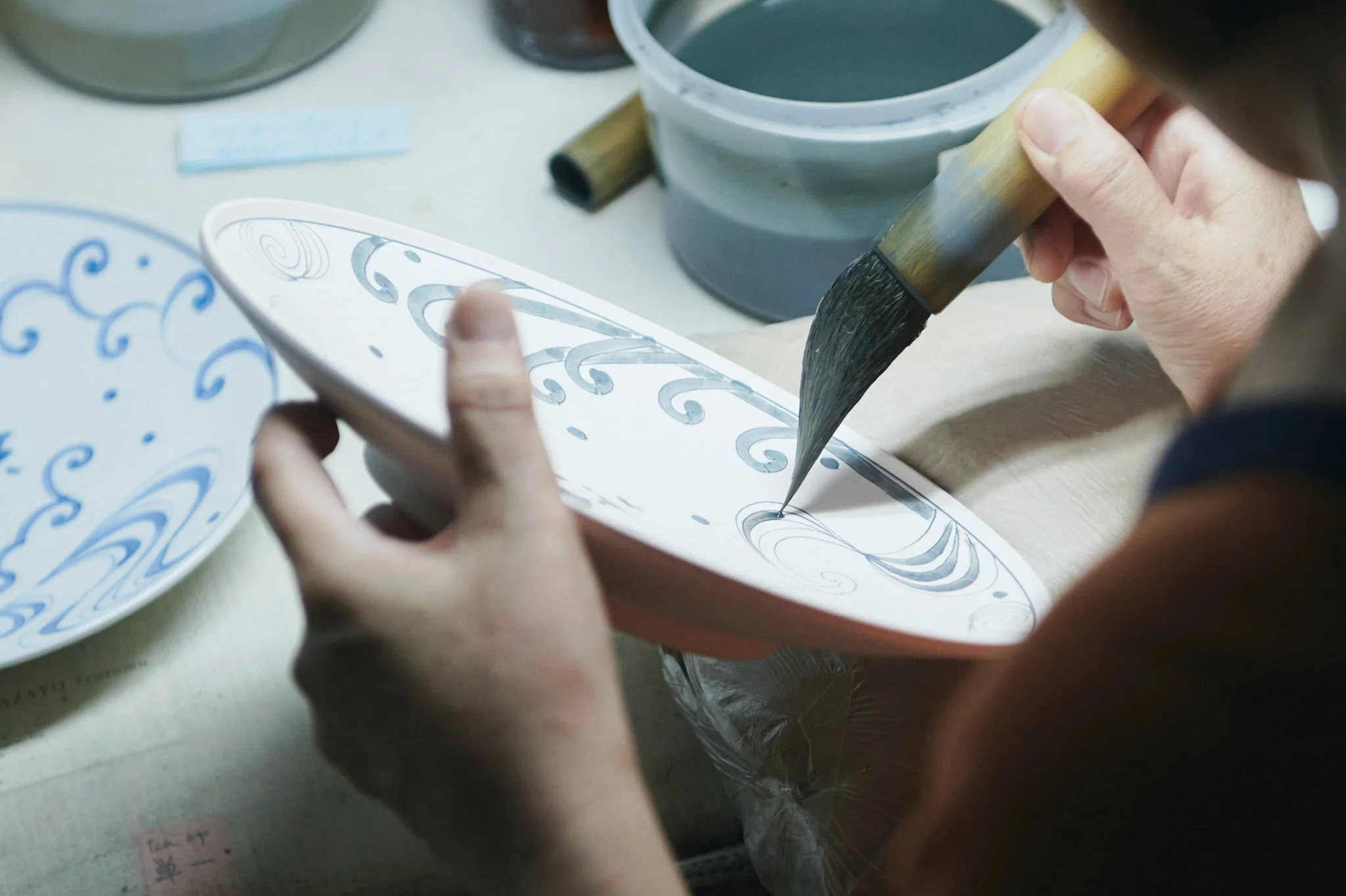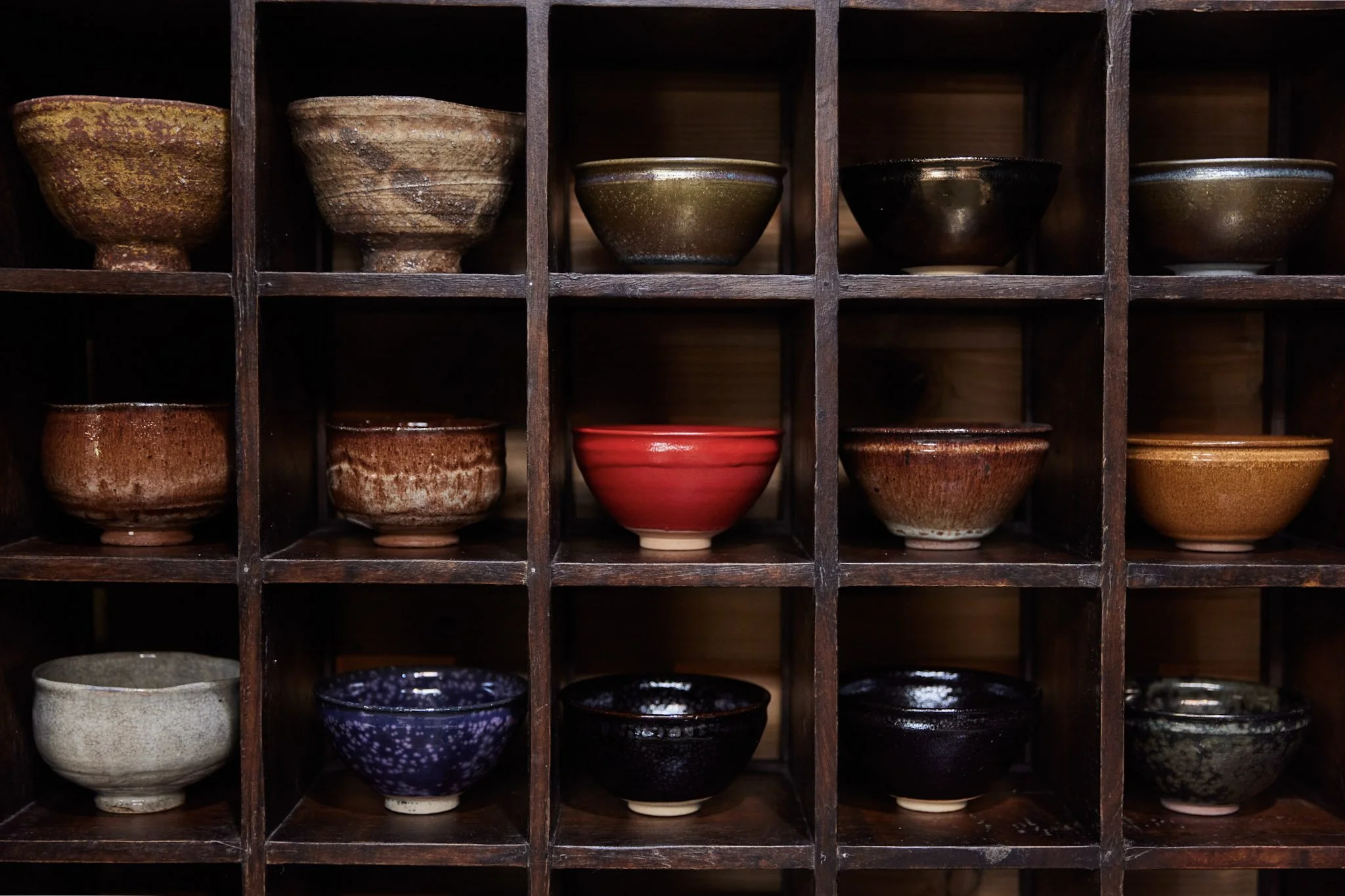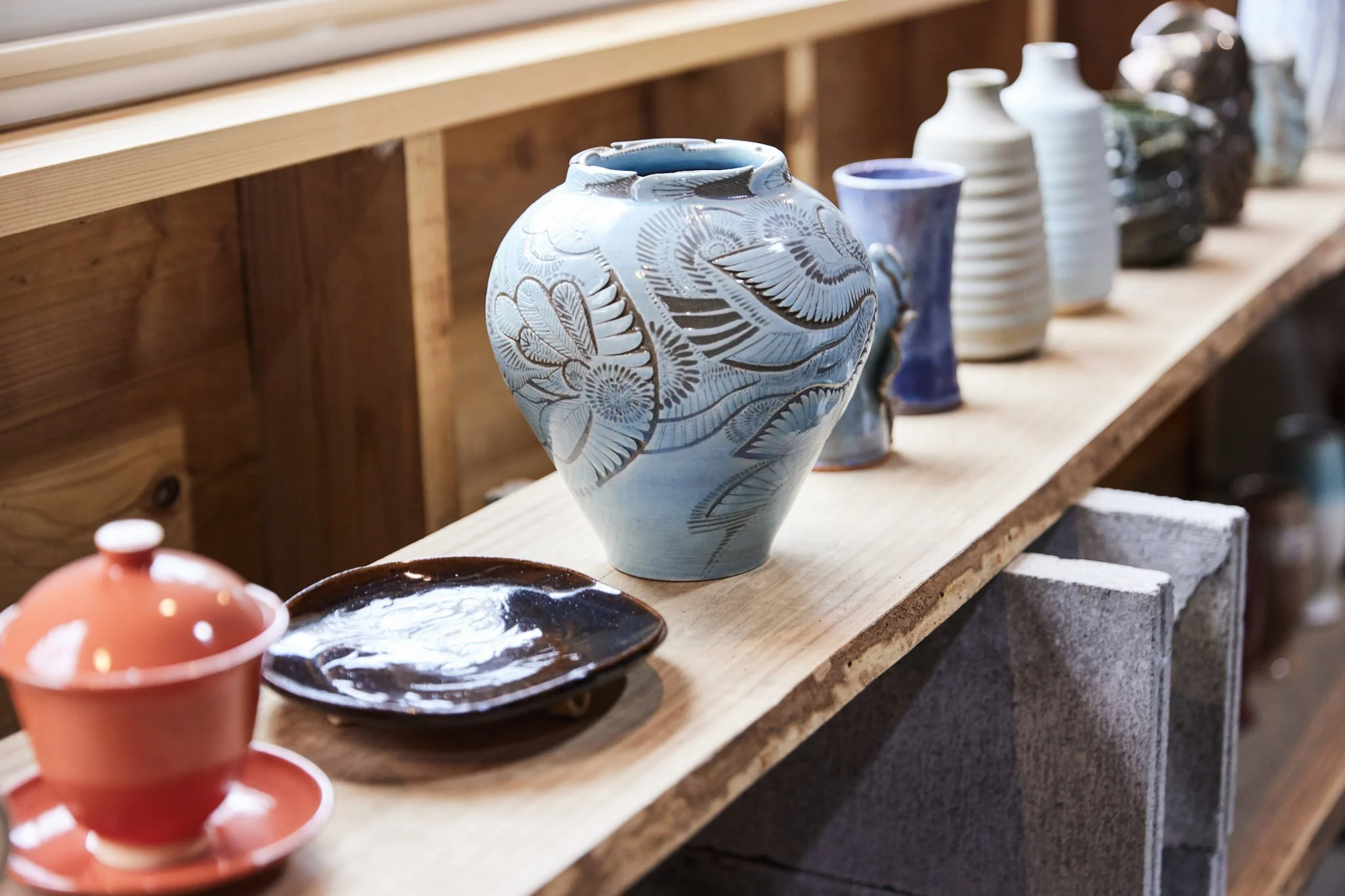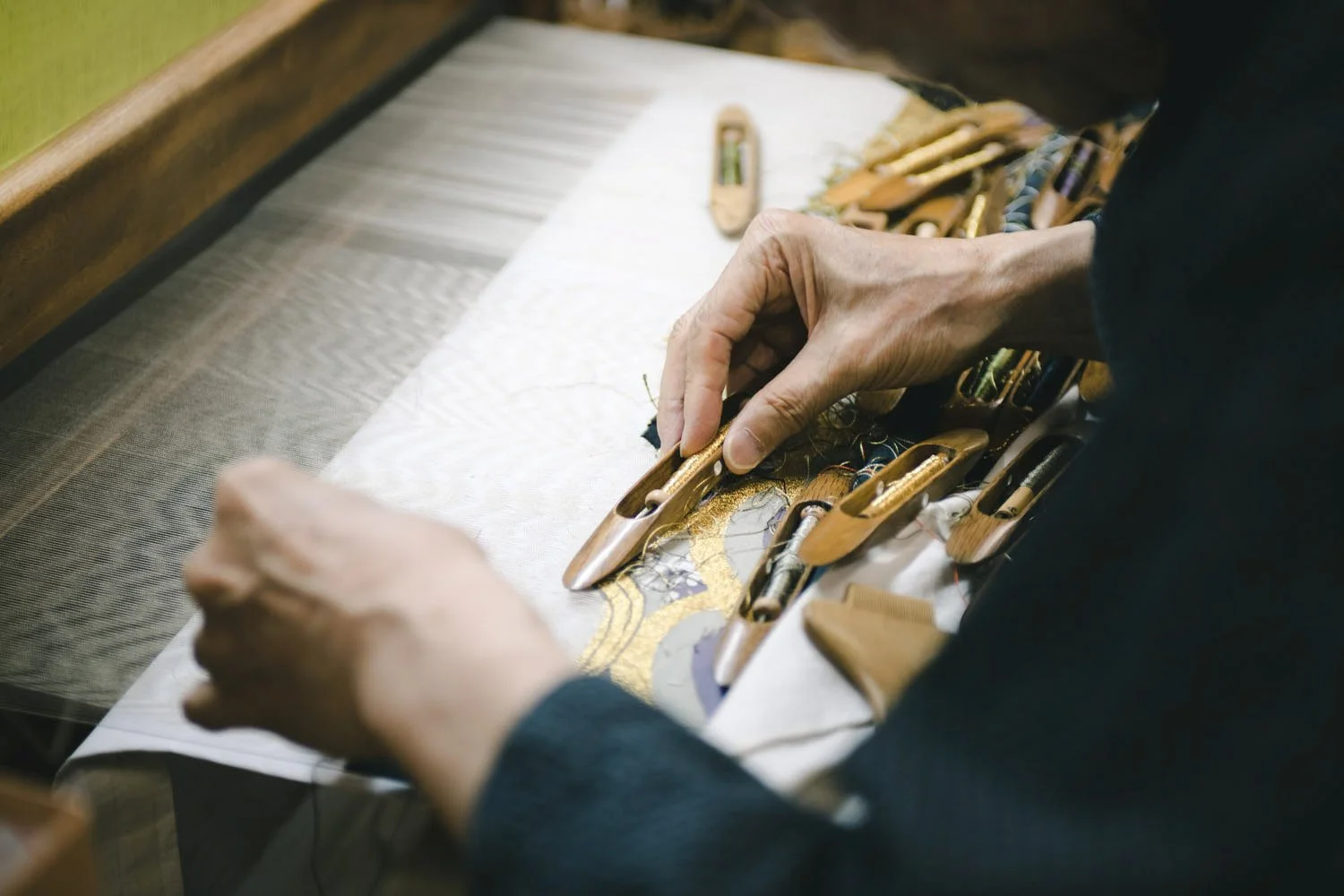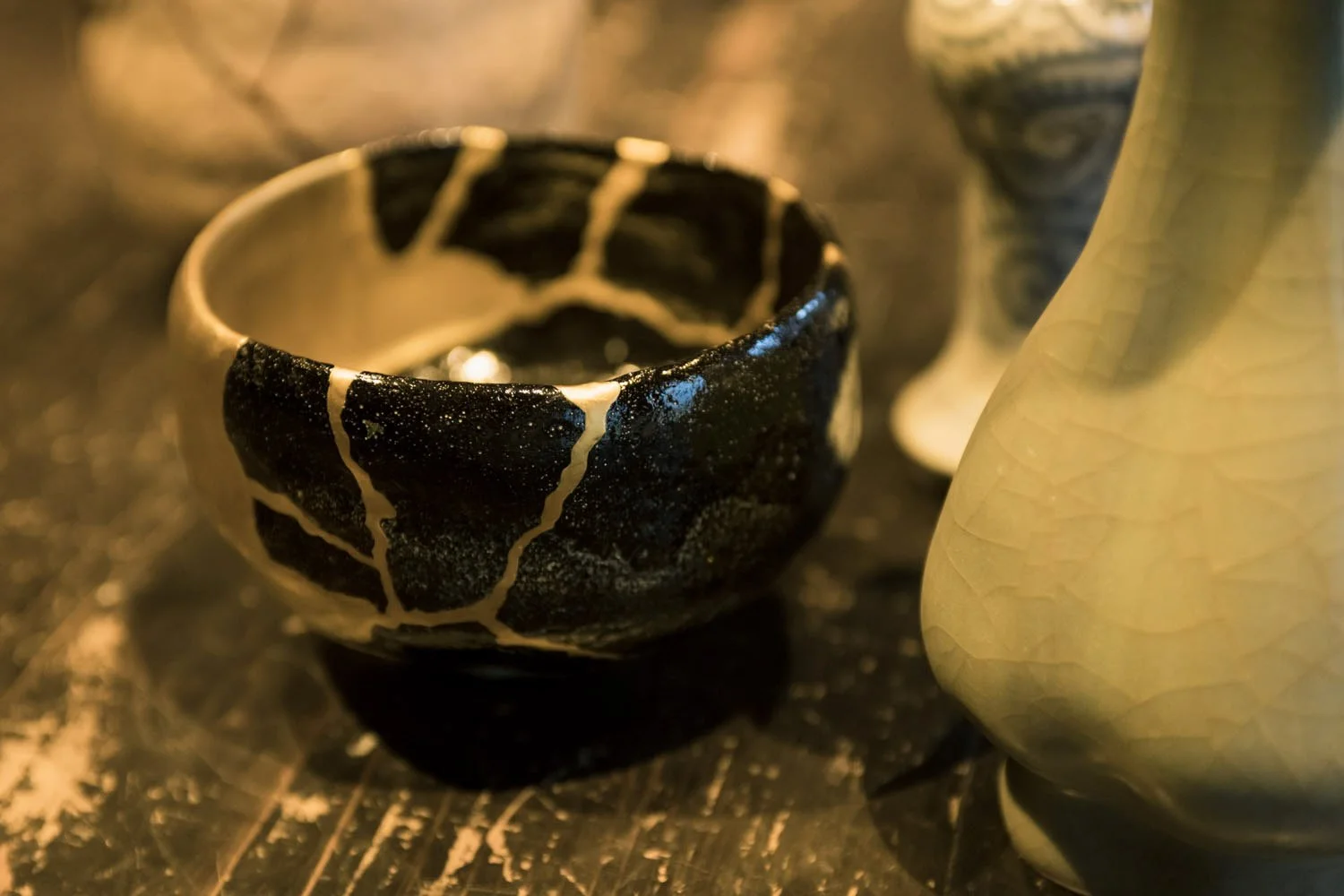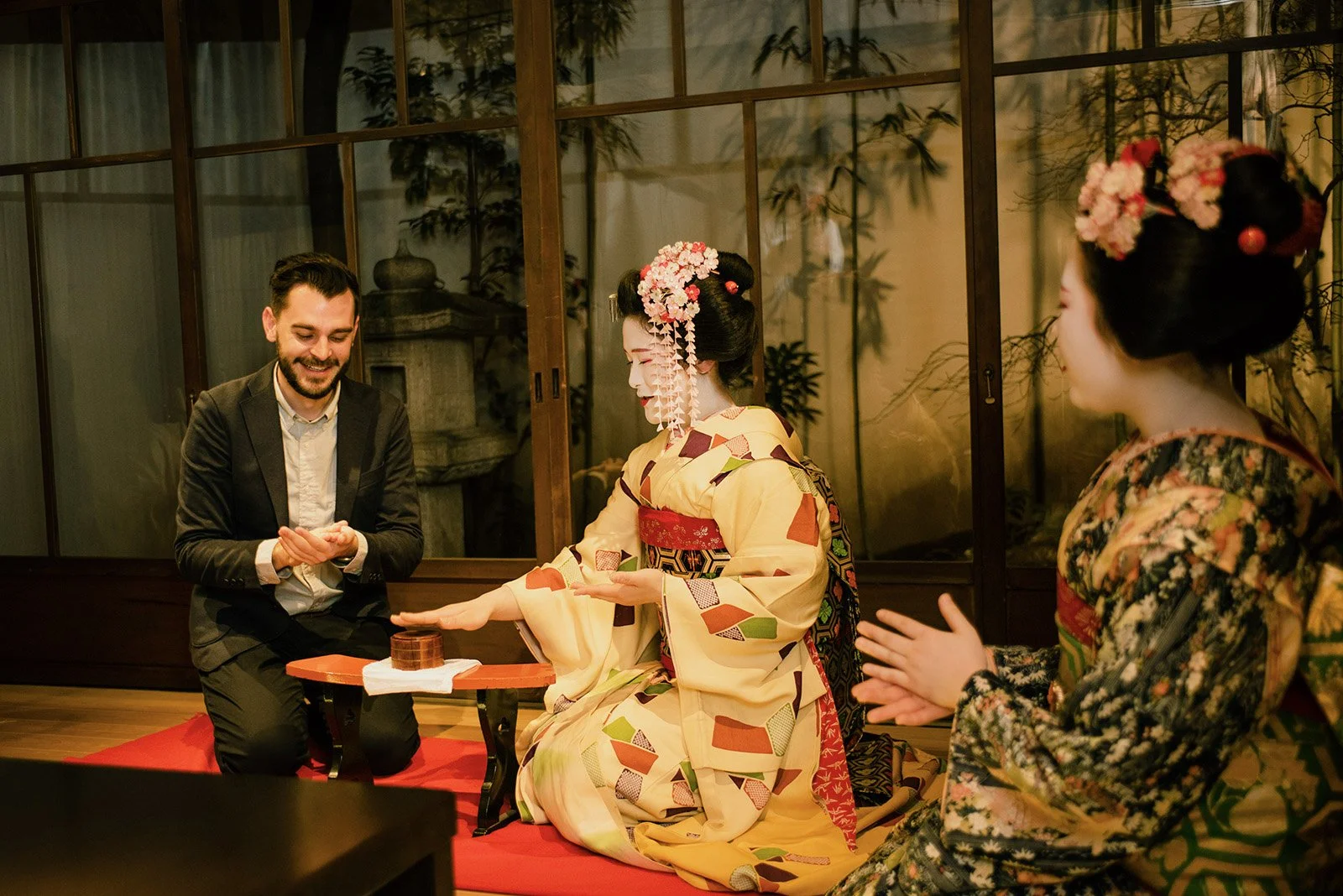
An art that shapes
A craft with a creative soul that springs from the soil, Japanese pottery and ceramics have flourished for centuries.
An Introduction to Japanese Pottery
Japanese pottery is one of the world’s most revered ceramic traditions, with a rich history dating back over 10,000 years. Celebrated for its simplicity, natural beauty, and deep cultural significance, Japanese ceramics reflect a balance of form and function, artistry and utility. Whether you’re an enthusiast, collector, or curious traveler, explore the legacy of pottery in Japan, through regional styles and immersive experiences that make Japanese pottery an art form that endures.
In this Guide:
The history of Japanese pottery
Different types of Japanese pottery
Where to visit in Japan for pottery lovers
Further reading on Japanese pottery
Japanese pottery FAQ
The origins of Japanese pottery can be traced as far back as the Jomon Period, when early hunter-gatherer communities hand-built clay vessels adorned with rope-like patterns. Then, during the Yayoi Period, the introduction of the potter’s wheel resulted in the refinement of Japanese pottery’s form and functionality.
During the Heian and Kamakura periods, Japanese pottery was heavily influenced by Chinese and Korean techniques, especially in regard to glazing and kiln firing. As tea ceremony was further codified in the Muromachi period, pottery became deeply intertwined with the art, resulting in the rise of rustic aesthetics entwined with aesthetic principles like wabi-sabi.
The Edo Period saw an era of peace and an emergence of the arts, with kiln regions and ceramic schools opening - many of which still thrive today. Currently, Japanese pottery ranges from everyday tableware to art objects, preserving centuries-old methods while encouraging future innovation.
The History of Japanese Pottery
Different types of Japanese pottery
Kutani-yaki
Kutani ware, from Ishikawa Prefecture, is famous for its vibrant colors and detailed, overglaze enamel paintings. It often features traditional motifs like landscapes, birds, and flowers in bold red, green, yellow, purple, and blue. Originating in the 17th century, Kutani porcelain reflects influences from both Chinese porcelain and Japanese aesthetics. It is highly prized not only for everyday use but also as collectible art due to its exquisite craftsmanship and decorative richness.
Shigaraki-yaki
Shigaraki ware originates from Shiga Prefecture and is one of Japan’s Six Ancient Kilns. Known for its rough, fire-scarred surfaces and earthy tones, it often reflects a deep connection to nature. The clay from the Shigaraki region contains feldspar, which melts during firing to form natural, glassy glazes. This pottery is commonly used for large vessels, tea wares, and especially for the iconic tanuki statues often seen outside shops and homes.
Agano-yaki
Agano ware hails from Fukuoka Prefecture and is known for its soft textures and subtle glazes. It was first formalized in the early 17th century with support from daimyo Hosokawa Tadaoki, a tea master. The pottery is often associated with the tea ceremony, reflecting wabi-sabi aesthetics through natural forms and quiet elegance. Glazes in Agano ware often feature gentle flowing tones of blue, green, or amber, enhancing its understated beauty.
Satsuma-yaki
Satsuma ware was developed in Kagoshima Prefecture and became widely admired in the West during the Meiji era. It is easily recognized by its ivory-colored crackled glaze and intricate, hand-painted gold and polychrome designs. Traditional motifs include figures, flowers, and mythological scenes, often reflecting a fusion of Japanese and Western tastes. While originally simple and rustic, export-oriented Satsuma ware evolved into highly decorative and luxurious pieces.
Where to Visit in Japan for Pottery
Visiting pottery kilns in Japan offers a rare glimpse into centuries-old craftsmanship, where tradition and artistry come together in quiet, rural settings. Many of Japan’s most renowned pottery towns—such as Mashiko in Tochigi, known for its rustic Mashiko ware; Arita in Saga, the birthplace of Japanese porcelain; and Shigaraki in Shiga, one of the Six Ancient Kilns—welcome visitors with working studios, museum exhibits, and hands-on workshops. In Kyoto, the refined Kyo-yaki kilns offer a more delicate, elegant aesthetic, while the village of Tobe in Ehime is famous for its sturdy, blue-and-white porcelain. Travelers can explore scenic walking trails that connect kiln sites, meet local artisans, and even try their hand at wheel throwing or glazing. These immersive experiences allow visitors not only to appreciate the depth and diversity of Japanese ceramics but to take home a meaningful, handmade piece of Japan’s cultural heritage.
Kansai
Kyushu
Kanazawa
Dive deeper into Japanese pottery
Mingei, Minka, and Preservation in Modern Japan
The movement to classify folk craft as an art was spearheaded by Yanagi Soetsu in the early 20th century. Read more about how art like ceramics, made for common usage, was elevated to an aesthetic.
An Interview with Hiroshi, Aganoyaki Ceramist
Step into Hiroshi-san’s world and witness the process behind his soft-glazed tea bowls and sake cups, shaped with subtlety and restraint.
Japanese Pottery FAQ
-
Japan has countless different styles of pottery that have survived for centuries, including Shigaraki-yaki, Satsuma-yaki, and Kutani-yaki, among others.
-
Pottery is an essential part of Japanese tea ceremony. Tea utensils used in the tea ceremony, such as chawan tea bowls or tea scoops, are integral to the experience.
-
In addition to countless workshops and masterclasses held in partnership with ceramic masters, there are also. arrange of ceramic festivals for visitors to experience, as well as pottery villages with thriving kilns and production.

